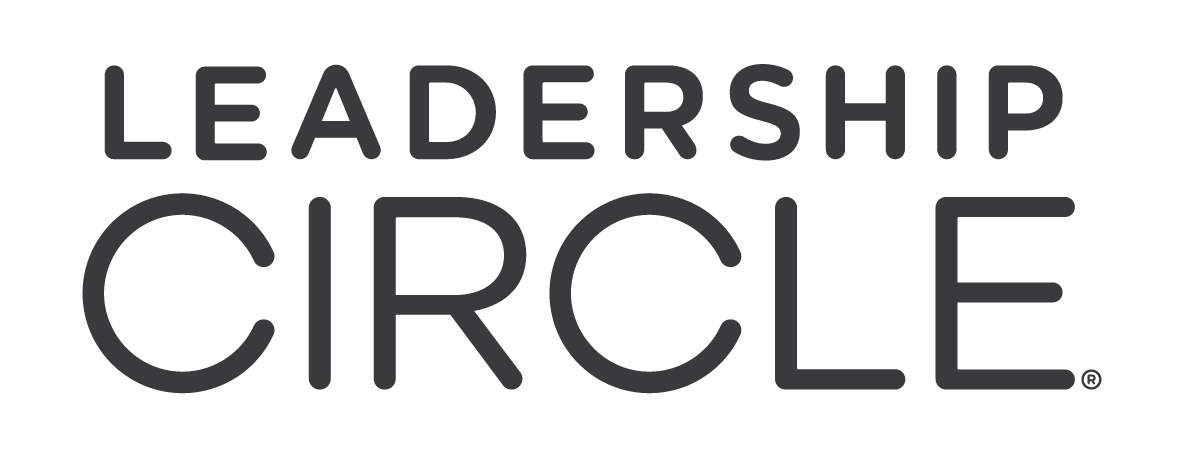Every leader knows the feeling: the to-do list keeps growing, meetings stack up, and the day ends before you’ve ticked off your most important priorities. In senior roles, it’s not unusual to feel like time is always slipping through your fingers.
The truth is, productivity isn’t about squeezing more into already packed schedules. It’s about working with greater intention—focusing energy where it matters most. Through years of trial and refinement, leaders across industries have adopted practical techniques to sharpen focus, reduce distraction, and free themselves to concentrate on strategy and innovation.
This article outlines some of the most effective productivity methods and shows you how to put them into action.
“Productivity isn’t about all-nighters or endless hustle—it’s about making consistent progress every day.” – Darius Foroux
Why Productivity Matters for Leaders
In fast-moving business environments, distractions are everywhere. Whether it’s emails, Slack messages, or unexpected issues that land on your desk, it’s easy to be busy without being effective. The leaders who excel are those who deliberately structure their time, build in accountability, and protect their focus.
By applying the techniques below, you’ll not only increase your own effectiveness—you’ll model healthy productivity habits that ripple across your teams.
Productivity Techniques That Deliver
1. Time Blocking
Rather than jumping between tasks, time blocking carves your day into dedicated chunks. Each block is assigned to a specific activity—strategic planning, deep work, email catch-up, or meetings.
How to apply it:
- Identify your top three priorities for the day.
- Allocate uninterrupted blocks for those tasks.
- Treat these appointments as non-negotiable.
- Communicate to your team when you’re unavailable.
This simple structure ensures your most important work always gets done.
2. The Eisenhower Matrix
Named after U.S. President Dwight Eisenhower, this method helps leaders cut through noise by categorising tasks according to urgency and importance.
The four quadrants:
- Urgent & Important – Do immediately.
- Important but Not Urgent – Schedule for later.
- Urgent but Not Important – Delegate.
- Neither Urgent nor Important – Eliminate.
How to apply it: Review your task list daily, sort items into quadrants, and act accordingly. The more you practise, the easier it becomes to focus only on work that truly moves the needle.
3. The Pomodoro Technique
The Pomodoro method is a favourite for leaders who struggle with distraction. It uses short bursts of focused effort, punctuated by rest.
How to apply it:
- Choose one task.
- Work for 25 minutes.
- Take a 5-minute break.
- Repeat the cycle. After four “pomodoros,” take a longer break.
This technique keeps energy levels high and prevents burnout while maintaining concentration.
4. Ten-Minute Meetings
Endless meetings are a notorious productivity killer. By limiting certain discussions to ten minutes, leaders force clarity and fast decision-making.
How to apply it:
- Share a clear agenda in advance.
- Start on time, end on time.
- Encourage concise input from participants.
- Follow up with written notes or next steps.
Short meetings create space for real work.
5. Delegation Done Well
Too many leaders try to do everything themselves. Delegation frees your time for high-impact work while empowering your team to grow.
How to apply it:
- Delegate non-essential tasks.
- Match assignments to team strengths.
- Provide context and expectations upfront.
- Check in periodically, not constantly.
Using tools such as employee engagement surveys can also highlight where team members are best placed to take on additional responsibility.
6. Eat the Frog
Coined by Brian Tracy, this technique advises tackling your hardest or most unpleasant task first thing in the day.
How to apply it:
- Identify your “frog” each evening.
- Block out time in the morning to complete it.
- Break it into smaller steps if necessary.
- Celebrate once it’s done.
By clearing the toughest task early, you create momentum and free mental energy for the rest of the day.
7. Day Theming
Rather than spreading tasks thinly across every day, day theming involves dedicating entire days to specific types of work—strategy on Mondays, meetings on Tuesdays, creative projects on Wednesdays, and so on.
How to apply it:
- Choose themes aligned with your goals.
- Communicate your schedule to your team.
- Avoid switching tasks outside that day’s theme.
- Adjust weekly as needed.
Day theming minimises context-switching and creates deeper focus.
Final Thoughts
Productivity isn’t about cramming more into an already overflowing calendar. For leaders, it’s about protecting your focus, directing your energy to what matters most, and empowering others to share the load.
By adopting techniques like time blocking, Pomodoro, or strategic delegation, you not only sharpen your own effectiveness—you set a powerful example for your organisation. Over time, these habits create a culture of focus, efficiency, and progress.
At Leadership Circle, we believe intentional productivity is a leadership skill worth mastering. When leaders thrive, their teams and organisations thrive too.





